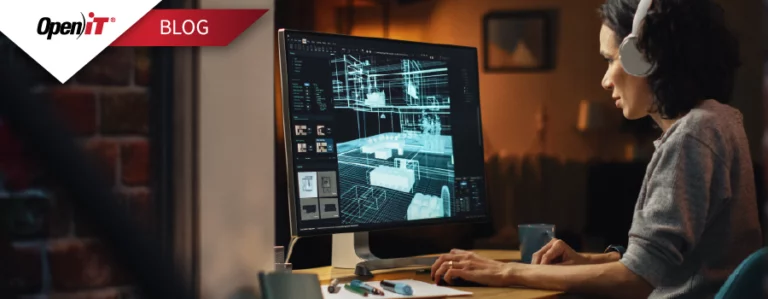The Government Accountability Office (GAO) estimates that that federal agencies could save at least $100 billion in federal IT Spending by eliminating redundant technology purchases—particularly high-cost Engineering Software Licenses such as CAD/CAE suites—and terminating unnecessary investments.
Yet despite years of mandates, modernization efforts, and oversight frameworks such as FITARA, agencies continue to procure licenses they already own, often due to limited visibility and fragmented government software asset management practices. The opportunity for comprehensive software license optimization has never been greater.
Redundancy is Baked in the System
This is not a new problem. Software license duplication has long plagued federal agencies due to structural inefficiencies that remain unresolved. Most agencies operate in fragmented environments where procurement decisions are made independently across departments or regions. One DoD lab renewed 300 seats of XYZ licenses while another division let 200 sit idle.
Even when software discovery tools are in place, they typically report installation, not actual usage. Without insight into how licenses are used, agencies default to renew existing contracts or purchase new licenses based on assumptions rather than evidence.
Duplication Isn’t Just a Budget Issue—It’s a Risk Multiplier
The financial waste is obvious, but the consequences run deeper. Duplicated licenses inflate IT budgets with no return on investment. They also trigger additional costs in the form of unnecessary maintenance, support, and training.
Security risks increase as unmanaged or forgotten instances accumulate across systems. During enterprise contract negotiations, agencies are at a disadvantage without a clear license position. It prevents federal IT leaders from optimizing both spend and operational readiness.
Current Tools Don’t Go Far Enough
Many agencies still rely on vendor-supplied monitoring tools, basic IT asset management systems, or discovery platforms designed primarily for inventory and compliance reporting. The absence of granular, feature-level usage data makes it nearly impossible to accurately forecast and rightsize renewals, justify license reductions, or rationalize overlapping tools.
For instance, while vendors like ANSYS or Petrel can offer valuable visibility into software installations, they often don’t include usage patterns. Without detailed insight into who is using which licenses, how often, and for what purpose, agencies may unintentionally maintain excess capacity or overlook opportunities to reallocate resources—resulting in inefficiencies and higher costs over time.
In some cases, surface-level “activity” metrics—like user logins—are mistaken for increased demand. But logging in doesn’t equal a four-hour feature checkout. Without deeper analysis, such signals can mask redundant or parallel usage and lead to costly misinterpretations.
Actual Usage Data Ends License Duplications
Open iT LicenseAnalyzer delivers granular visibility into actual license usage, tracking who uses what, for how long, and at what feature level, across both cloud-based and on-premise license managers.
Open iT, a GSA-certified software license management vendor with deep experience in federal IT environments, delivers the capabilities needed to actively manage, optimize, and rationalize complex software portfolios.
LicenseAnalyzer enables agencies to:
- Reclaim up to 25% underused licenses through automated harvesting
- Identify overlapping entitlements and redundant purchases.
- Align renewals with real usage data—not assumptions.
- Centralize insights for IT, procurement, and leadership via role-based dashboards.
In addition, our managed services team work closely with federal agencies to review vendor contracts, analyze entitlements, identify duplicate software licenses and overlaps across their software inventory. This human-in-the-loop support strengthens efforts to optimize federal software spending and improve long-term software lifecycle decisions.
Proven Impact in Federal Agencies
LicenseAnalyzer has helped organizations reduce software spending by up to 30% within 18 months, while significantly improving demand forecasting and procurement precision.
In federal IT environments such as NASA, the platform enabled teams to identify their most valuable and actively used software assets—allowing them to eliminate duplication, rationalize entitlements, and negotiate contracts based on actual usage patterns.
With Open iT, every decision is backed by a defensible audit trail and verifiable data, ensuring both fiscal responsibility and compliance with oversight requirements.
Turn Duplication to Optimization
Duplicate software purchases can be eliminated. The insights exist. The tools are available. What’s required is a shift in approach from reactive renewals to data-driven optimization. Open iT is ready to help federal agencies close the gap, stop duplication, and unlock the savings the GAO has identified.
Act on the data. Optimize with confidence. Stop the waste.
Book a demo today or contact Open iT for more information.






